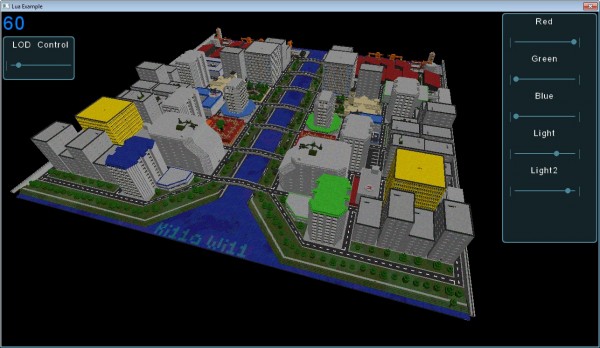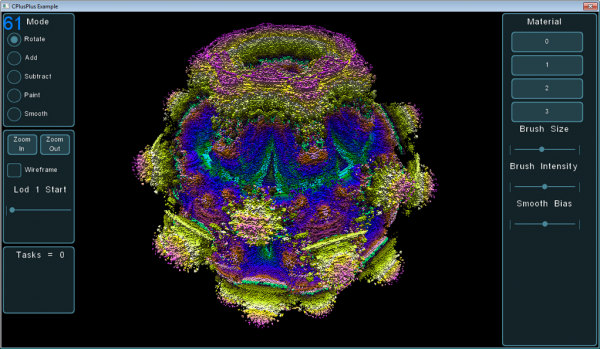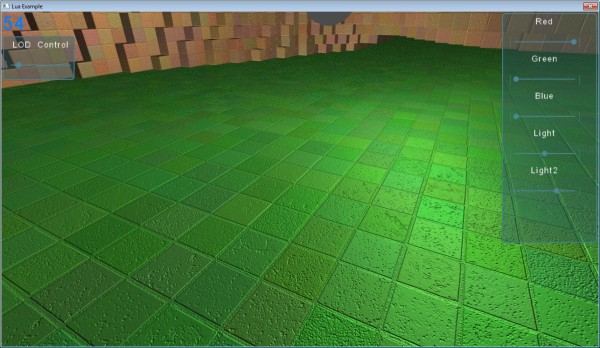I thought I’d write a quick update on where we stand with our various projects as I feel like we’re juggling a dozen things at a time here 🙂 I’ve thrown in some pictures to spice it up a bit, but if you want to see these when they are fresh then be sure to follow us on Twitter.
Cubiquity
Since the first tech demo we have implemented threading in Cubiquity so that surface extraction can be performed in the background. This improves loading times and responsiveness but currently it only works with PolyVox’s SimpleVolume, which limits the amount of volume data we can load at a time. I’ve also done some work overhauling the shaders so that normal mapping is now supported, and hopefully this will get improved further in the future.
PolyVox
The most significant addition to PolyVox is that the LargeVolume class now supports plugable compression code. We’ve also provided an implementation based on the miniz library. This works well for smooth terrain while the existing RLE compressor can be used for cubic ‘Minecraft style’ terrain.
Next up we need to improve the thread safety of the LargeVolume as this has been requested many times, and we’re starting to need it for Cubiquity (as mentioned above).
VolDat
We’ve received some feedback about the format and will do a proper post about this soon. The main issues raised are paging for very large volumes (probably beyond the scope of what we are aiming for here) and also an existing similar format (but it doesn’t make the slice data easy to visualise). We’ve also bee working on some test data sets which we will make available as part of an online archive. A couple of examples are below:

A ‘Build and Shoot’ map loaded into Cubiquity. Source data is here: http://www.buildandshoot.com/viewtopic.php?f=8&t=913

I wrote a program to create a Mandelbulb as these can be very large and still have fine detail. This one is only 512x512x512 though.
Unity3D
I downloaded Unity and had a play with it last weekend. It’s a really cool system, and I can see why it’s got such a big following as it makes development really easy. Integrating Cubiquity is a bit more difficult than I hoped as it turns out that plugin .dlls need to provide a ‘C’ interface (not C++) so we’re having to create a wrapper for Cubiquity. This takes a bit of time but shouldn’t be a big problem over all.
That will do for now – see you next time 🙂



just dropping about binvox format, just in case you didn’t know about:
http://www.cs.princeton.edu/~min/binvox/
(comes with nice tools.)
Thanks, but actually I think bibvox does not support colour data (or smooth data – e.g. for Marching Cubes). Every voxel is just solid or empty as far as I can tell. But it’s nice that they provide some tools for working with the data – I think we will have to do the same.